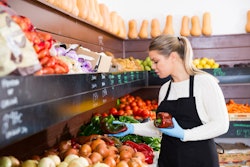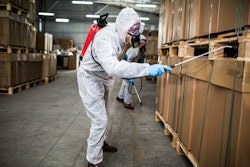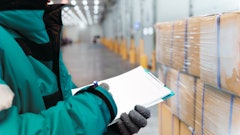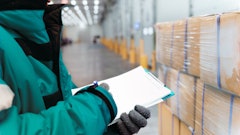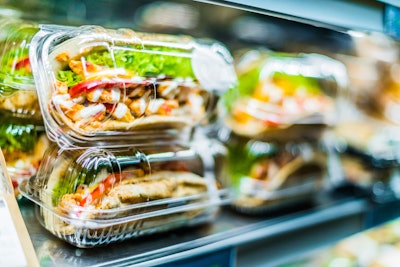
A food industry that is sustainable is one that is secure and safe as well. As the whole world moves toward a more eco-friendly lifestyle, the call to stop processes that negatively affect the environment has significantly risen. Studies have shown that the food industry alone contributes 26% of the global production of greenhouse gases that contribute to climate change. Additionally, one-third of the global production of food goes to waste along the process of harvesting to distribution and consumption. This data equates to at least 1.3 billion tons of food per year. This much amount of food has been estimated by the United Nations to be able to feed at least 3 billion people.
Sustainability in the food chain has been a long-time challenge for manufacturers and retailers alike. Everyone knows how resources are limited and that new constraints arise as a result of our earlier actions. With the globalization of most industries, including the food sector, innovations involving the use of artificial intelligence have shed light on these problems. Artificial intelligence (AI) and machine learning programs have been recently used to improve packaging, delivery, customer service, management and monitoring in the food industry. These innovations have significantly contributed to reducing food wastage and therefore, improving sustainability.
In the agricultural scene where most produce is grown, AI is seen as an asset when it comes to ensuring the security of production. The early applications of AI in farming were when it was used to analyze the mineral contents of soil and was used for the subsequent decision making concerning pathogen control. Today, AI in agriculture has progressed so much that it is being used to automatically detect the temperature, moisture, present macronutrients, radiation, oxygen and the overall potential of soil in growing food. Results translated from this technology are used to analyze the situation of the soil and maximize the profitability of a batch of products by reducing wastages.
Automation, AI and machine learning algorithms have significantly reduced the effects of the variability of human behavior in manufacturing. Machine learning technology has been applied in inspecting the integrity of food packaging and for other related industries. This innovation is lauded for its ability to take in new information in bulk and adapt based on the new data in an instant. It creates a seamless transition when new products are introduced. Information about the standards for the correct quality of the packaging is uploaded and used as a reference for detecting defects. AI technology has also been used to improve food packaging labeling such as in using embedded barcodes on processed meats. These barcodes contain important information about the whole production process and aids in reducing errors during production, storage, and delivery. They can also be used to track down products under investigation for complaints.
Almost similar to the application of AI in packaging, food logistics and distribution has been reinforced by smart technology. AI has been used to create a more efficient logistics system for food companies by using algorithms for route planning. Future innovations on detecting the behavior of logistics personnel during delivery have also been in the works. Delivery and transportation of goods, whether food or other products, always carry the risk of damage. This may be due to underlying conditions and detection failure before loading or due to unforeseen circumstances during delivery. These problems are easily addressed using AI.
In terms of managing, AI and machine learning programs have started to make the lives of food business owners easier. Smart technology has been applied in food safety management systems and allowed food business owners to monitor their operations remotely. Such systems do not require heavy knowledge of the digital platform. After all, the point of going digital is to make operations easier. Machine learned software use stored information to predict the necessary operations and documents essential for a food business. The information used in this type of software comes from similar-natured food businesses. AI has come a long way when it comes to maintaining food safety. Food businesses would dedicate less time micromanaging their food safety operations and have full confidence over their employees and the smart system. Additionally, such AI technology helps employees consistently perform their work more efficiently and up to par with international standards.
The food supply chain will never come without any risks. Almost all corners of the food industry come with hazards that could hurt food businesses and consumers alike. These hazards hinder sustainability and significantly increase the workload for employees. Using the technological advancements related to AI effortlessly addresses these concerns. The precise movement and predicted patterns of AI reduce the variability of human behavior and therefore increase yield in production. The vast potential of AI and its application in the food industry promises a more sustainable tomorrow. Food wastages and inefficient operations will continue to be reduced as more and more technological advancements are introduced to the food industry.






